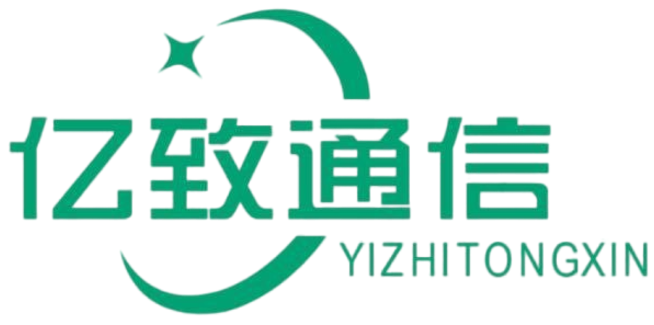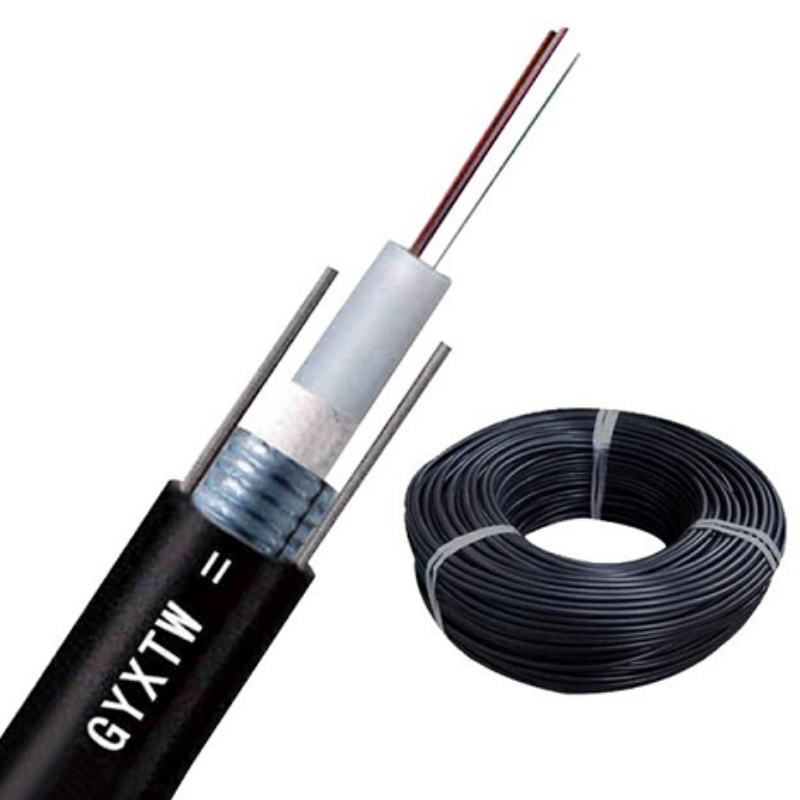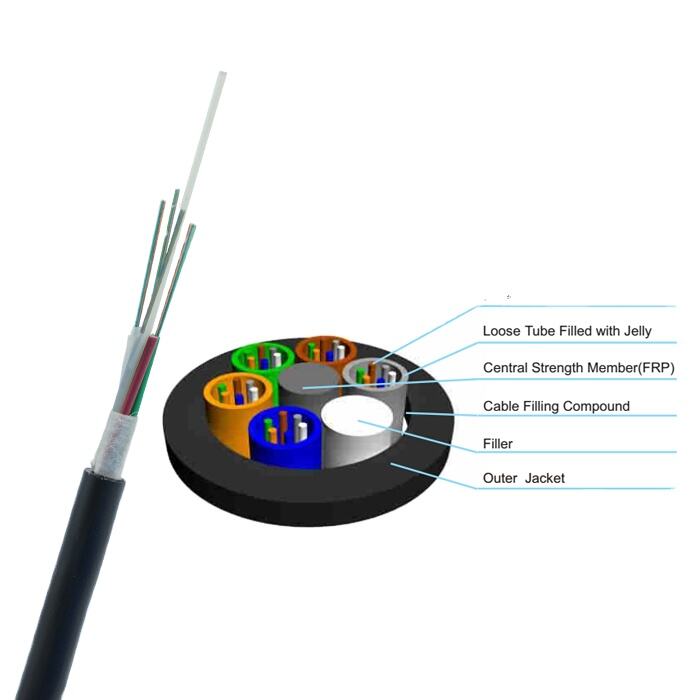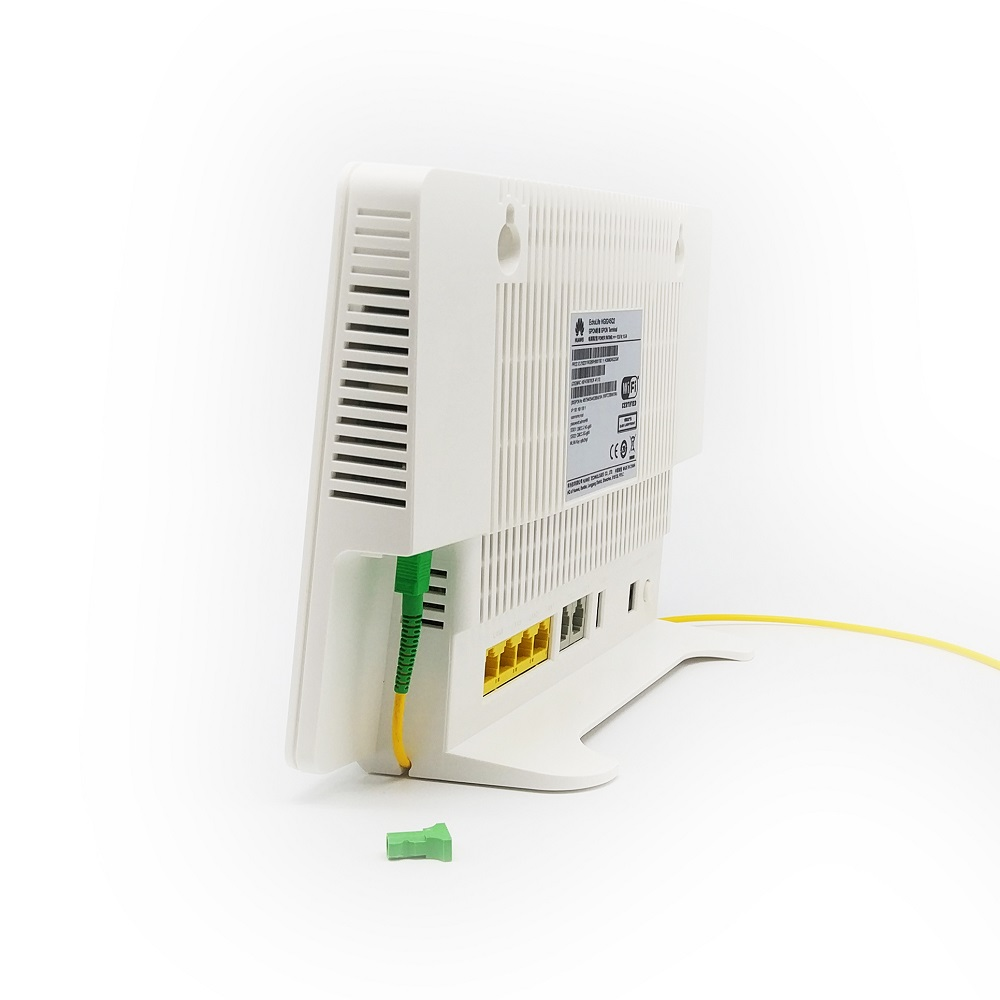multimode fiber
Multimode fiber is a type of optical fiber specifically designed for shorter distance communication and data transmission. The core of multimode fiber is significantly larger than single-mode fiber, typically 50 or 62.5 microns in diameter, allowing multiple light modes to travel through the fiber simultaneously. This characteristic enables the fiber to carry more data through multiple pathways, though over shorter distances compared to single-mode fiber. The fiber's design incorporates a graded-index core, where the refractive index gradually decreases from the center outward, helping to reduce modal dispersion and improve signal quality. Commonly used in local area networks (LANs), data centers, and enterprise networks, multimode fiber offers cost-effective solutions for high-bandwidth applications within buildings or campus environments. The technology supports various transmission protocols, including Ethernet, Fibre Channel, and InfiniBand, making it versatile for different networking needs. Modern multimode fibers are categorized into different types, such as OM3 and OM4, each offering specific bandwidth and distance capabilities to meet various application requirements.












